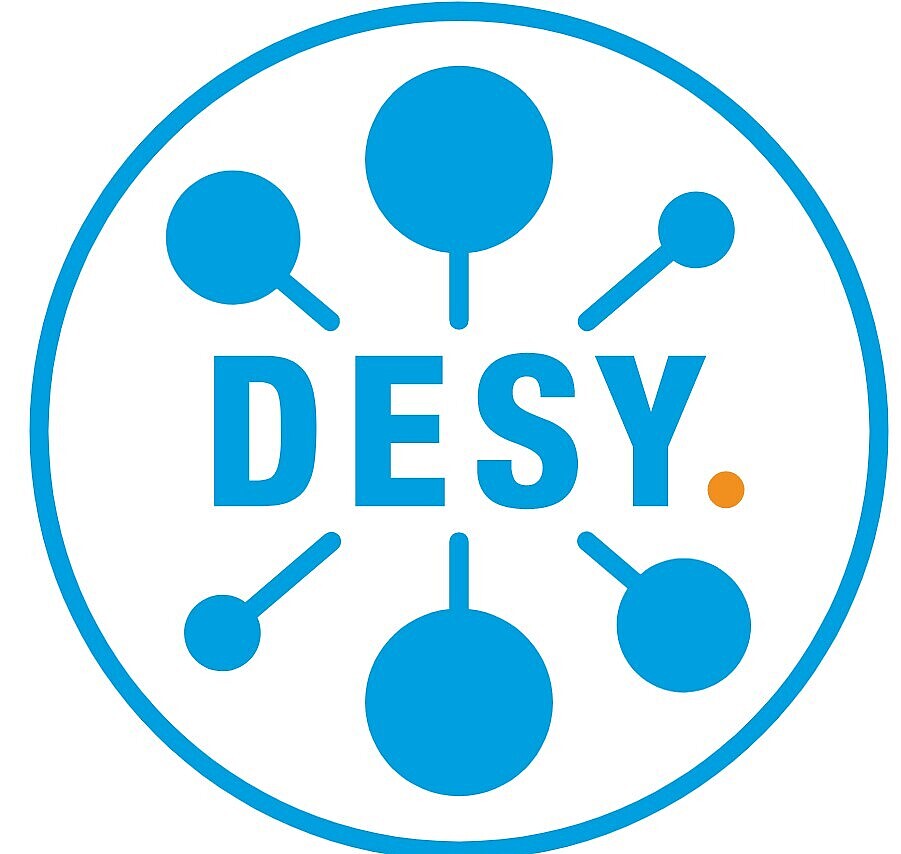The project targets the development of a comprehensive characterization methodology based on quantitative X-ray excited optical luminescence (XEOL) with nanoscale resolution in space and time. This technique shall be exploited as a key technique proposed in 2 scanning X-ray nanoprobe beamlines at PETRA IV. As model material, innovative mixed-halide perovskite semiconductor systems for improved harvesting of renewable sunlight energy will be used (photovoltaic applications).
X-ray excited optical luminescence utilizes the high energy excited electron states in the semiconductors to extract invaluable information about the electron energy levels, charge-carrier dynamics and diffusion length, to mention a few. This information can be used to assess the potential of semiconductors in general, and more specifically in novel thin-film materials for photovoltaic and thermoelectric generators as renewable energy sources. XEOL is a challenging experimental method. Similarly, the quantitative interpretation of the results is by no means straightforward, in particular in complex semiconductors, nanostructures, or organic materials. Therefore, we combine the experiments with state-of-the-art quantum-based high performance computer simulations. In this project, we will use the combined experimental (DESY Hamburg) and theoretical (HAW Hamburg) methodology to further develop the XEOL methodology for applications at PETRA IV and demonstrate its use based on a relevant semiconductor system.
The results of the collaboration will advance the fundamental understanding of the systems and their engineering applicability in the renewable energy generation.
Projektteam: Prof. Dr. Pawel Buczek (HAW Hamburg), Dr. Michael Stückelberger (DESY)



